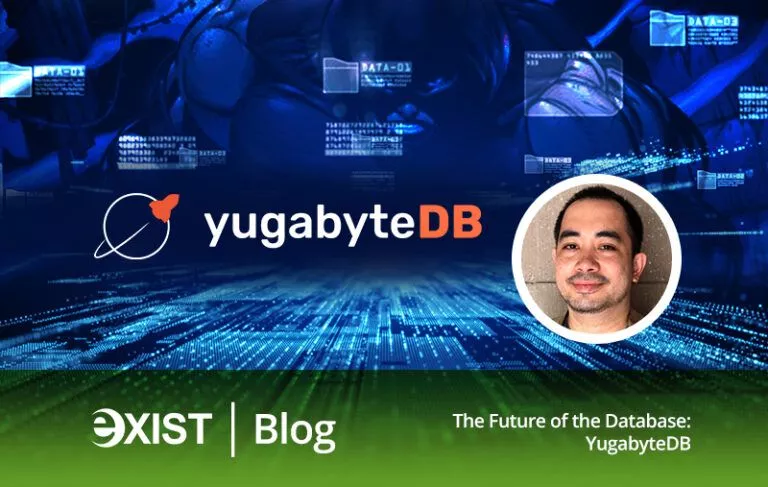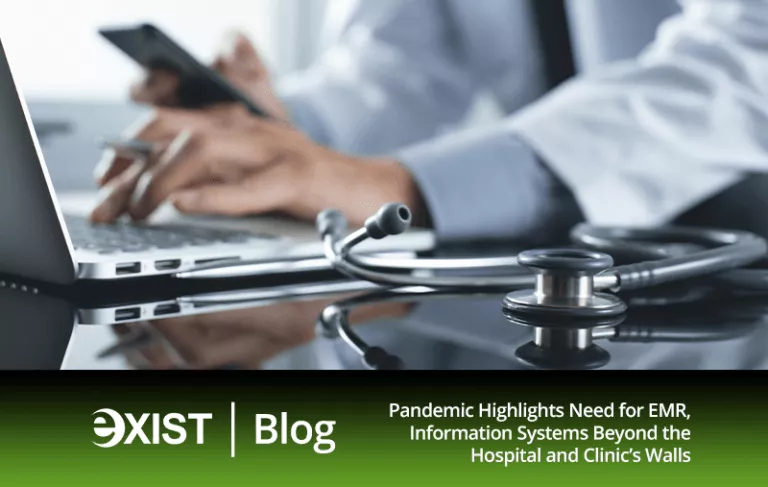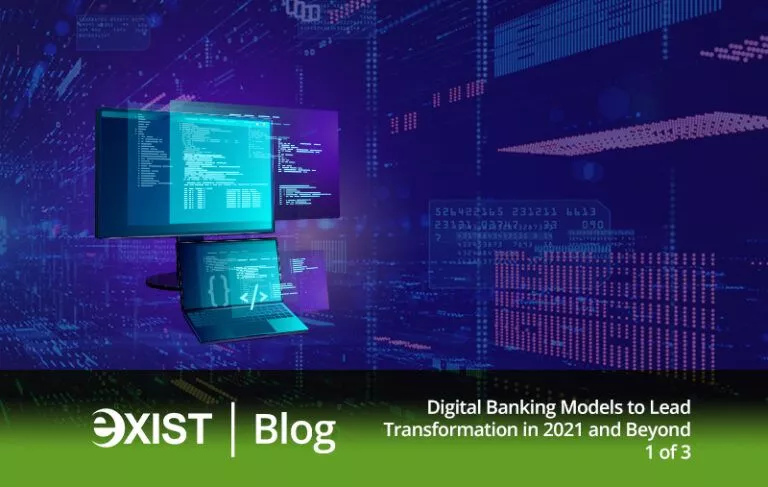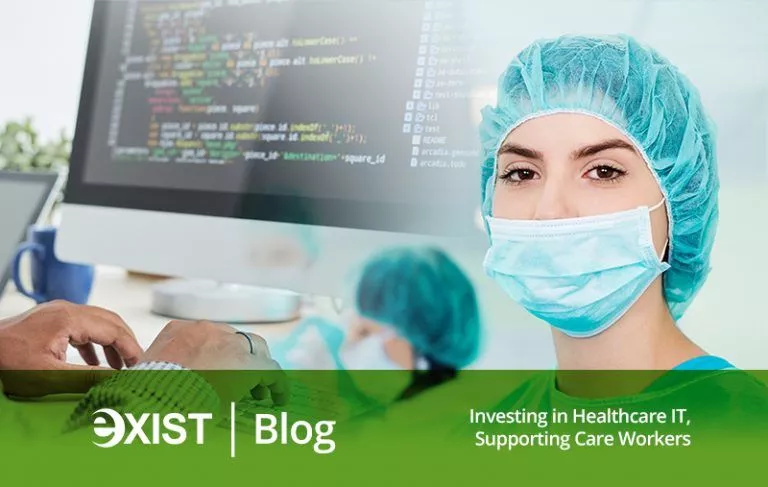The Future of the Database
The journey to application modernization brought about by the cloud-native renaissance continues, and the benefits to be had are truly being enjoyed by the enterprises that embrace the path. Speed, scalability, resiliency, and agility may seem to just be industry buzzwords, but in reality, they translate to better application deployment, performance, and availability, which further translate to what really matters: happy customers.
This has given way to the concomitant need for databases to adapt to this need for speed, scalability, resiliency, and agility. The way traditional databases have implemented a single-node access to the database cluster via the master node has proven untenable in a commercial environment wherein the need to scale users, not just locally, but across the regional and geographical divide, has become dire and ubiquitous.
This is where the gap is filled by YugabyteDB.
What is YugabyteDB?

YugabyteDB is a transactional, distributed SQL database that was designed primarily to possess the virtues of the cloud-native philosophy. Its creators wanted a chiefly OLTP database that was fast, easy to add more nodes to, able to tolerate node failures, upgradable without incurring any downtime, and deployable in all form factors (public/private cloud, VMs, and on-prem).
Being a distributed SQL database, it has automatic distribution of data across nodes in a cluster, automatic replication of data in a strongly consistent manner, support for distributed query execution so clients do not need to know about the underlying distribution of data, and support for distributed ACID transactions.
It is a multi-API database that exposes the following APIs (more will be added in the future):
- YSQL – an ANSI SQL, fully-relational API that is completely compatible with PostgreSQL 11.2
- YCQL – a semi-relational SQL API that is based on the Cassandra Query Language
It is a Consistent and Partition Tolerant (CP) database in that in the event of a network partition within the database cluster wherein one of the nodes cannot communicate with the other nodes and determine majority membership, data consistency over availability is prioritized by the system and this node will not be able to accept writes, whereas the nodes that are still part of the majority will remain unaffected.
It is completely open source, released under the Apache 2.0 license.
What are the key benefits of YugabyteDB?
The following are some of the benefits that are immediately enjoyed “out-of-the-box”:
- No single point of failure given all nodes are equal
- Distributed transactions across any number of nodes
- Scale write throughput linearly across multiple nodes and/or geographic regions.
- Low-latency reads and high-throughput writes.
- Strongly consistent, zero data loss writes.
- Cloud-neutral deployments with a Kubernetes-native database.
- Automatic failover and native repair.
- 100% Apache 2.0 open source even for enterprise features.
In other words, you get a cloud-native, transactional, distributed SQL database system that allows you to read and write on every node in the cluster (with ACID assurance), distribute your application load across many nodes in many regions and geographies, read and write data fast, deploy anywhere, and be highly available—all in open source!
Use Cases
YugabyteDB is perfect for:
Just this morning, social media personality, James Deakin, posted on his FB wall about a particular bank whose “app feels like it’s running on windows 95” (his own words). He ended up closing his account due to the overall poor customer experience brought on by the subpar performance of this bank’s client-facing, internet applications, along with other concerns.
YugabyteDB is perfect for the client-facing, Internet, transactional application.
Want to know more about the Yuggernaut of Distributed SQL? Contact us.
Exist is your data solutions partner of choice!
Explore the next level of your digital transformation journey with big data and analytics. Let’s look at opportunities to better maximize your ROI by turning your data into actionable intelligence. Connect with us today, and we’ll proudly collaborate with you!






















